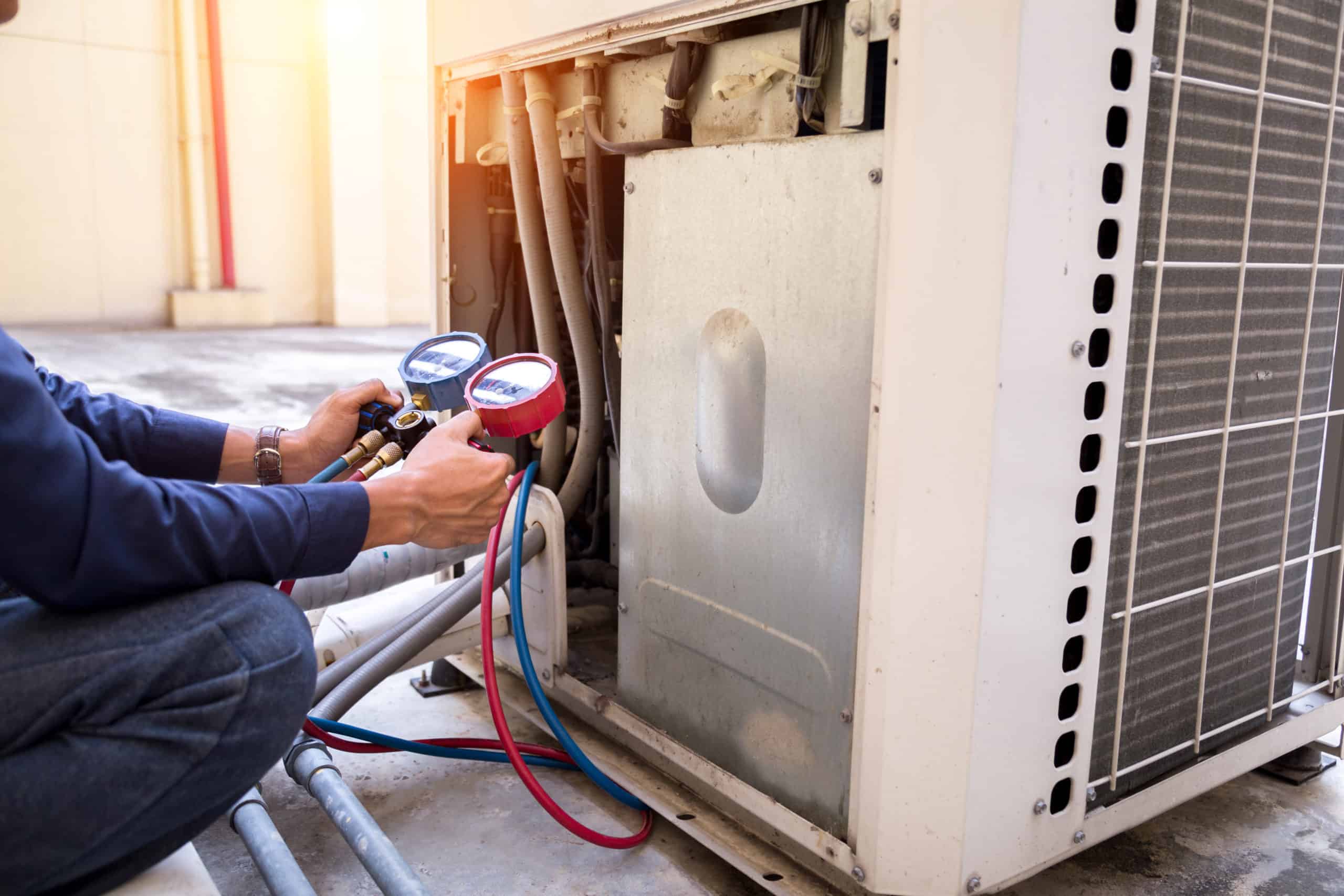Understanding the Key Elements of Effective Water Purification Systems

Significance of Water Filtration Solution
Water filtration systems play a critical function in guaranteeing access to tidy and risk-free drinking water by successfully getting rid of impurities and pollutants. These systems are vital in dealing with the expanding concerns over water high quality and the possible wellness threats associated with eating contaminated water. By making use of numerous filtration devices such as reverse osmosis, triggered carbon, and UV sanitation, water purification systems can efficiently remove damaging substances like germs, viruses, hefty steels, and chemicals from the supply of water.
In addition, water filtering systems assist to enhance the preference and odor of water by getting rid of chlorine, sediments, and other pollutants that can influence its high quality. Water Filtration Systems. This improvement in water top quality not only makes it a lot more palatable however additionally urges individuals to drink an ample amount of water daily, promoting better hydration and total wellness
Kinds Of Filtering Components

Physical filters are made to literally stress out contaminations from the water. These filters can be made of products like ceramic, carbon, or perhaps sand, and they function by trapping fragments bigger than the filter's pores as water travels through.
Chemical filters make use of various chemical procedures to eliminate pollutants from the water. Examples consist of activated carbon filters, which adsorb pollutants, and reverse osmosis membrane layers, which utilize pressure to different pollutants from the water.
Biological filters utilize living organisms like bacteria or algae to break down raw material and toxins in the water. These filters are commonly used in wastewater therapy plants or all-natural water filtration systems.
Understanding the various kinds of purification parts is critical for choosing the most appropriate water filtration system for details filtration needs.
Feature of Sediment Filters
Debris filters play a crucial duty in water filtering systems by efficiently catching solid bits put on hold in the water. These filters are typically the initial line of defense in a filtering system, eliminating larger fragments such as sand, silt, dust, and rust prior to the water moves through finer filtration stages. By capturing these debris, the filters prevent them from reaching downstream components, thus extending the life expectancy and efficiency of the whole system.
The feature of sediment filters is crucial in keeping water quality and securing sensitive devices from damages triggered by debris. In addition, by getting rid of visible bits, debris filters boost the clearness and taste of the water. Consistently changing or cleaning sediment filters is important to make certain ideal performance. Disregarding this upkeep can bring about blocking, minimized water flow, and compromised filtering efficiency. On the whole, sediment filters are important parts that add significantly to the effectiveness of water filtration systems.
Function of Activated Carbon Filters
Playing a crucial function in water filtration systems, triggered carbon filters contribute in eliminating contaminations and pollutants from the supply of water. These filters are made to adsorb and trap a vast array of pollutants, including chlorine, volatile natural compounds (VOCs), chemicals, and herbicides. The triggered carbon material has a huge area, permitting the efficient trapping of impurities via a procedure called adsorption. As water travels through the filter, the triggered carbon draws in and holds onto the pollutants, try this making certain that the water that appears beyond is cleaner and more secure for intake.
Triggered carbon filters are extremely reliable at boosting the preference and smell of water by reducing chemicals that can affect its quality. They are likewise capable of getting rid of certain hefty steels like lead and mercury. Additionally, these filters can assist avoid the build-up of microorganisms and algae in water, more boosting its total high quality. Due to their convenience and integrity, triggered carbon filters are an essential component in guaranteeing that water is purified to the greatest standards prior to getting to customers.
Recognizing Reverse Osmosis Equipments
Reverse osmosis systems are sophisticated water filtering systems that use an innovative process to get rid of pollutants and contaminations from alcohol consumption water. These systems function by using pressure to the water, forcing it with a semi-permeable membrane layer. This membrane layer works as an obstacle, allowing only distilled water particles to go through, while obstructing bigger molecules such as minerals, chemicals, and various other pollutants. Therefore, the water that appears beyond is substantially cleaner and much safer for intake.
One key advantage of reverse osmosis systems is their capacity to remove a variety of pollutants, including heavy metals, dissolved viruses, solids, and microorganisms. This makes them very efficient in enhancing the overall high quality and safety and security of alcohol consumption water. Additionally, reverse osmosis systems are relatively low-maintenance and can be mounted under the sink or in a central purification system, giving hassle-free accessibility to clean water throughout the home. Overall, recognizing exactly how reverse osmosis systems work can help people make informed choices about their water purification requirements.
Final Thought
Finally, effective water filtration systems are vital for guaranteeing clean and risk-free alcohol consumption water. The vital parts of these systems consist of sediment filters, triggered carbon filters, why not try this out and turn around osmosis systems. By comprehending the function and duty of each part, people can make informed choices when picking a water filtering system. It is very important to prioritize the quality of water in order to promote total health and wellness and wellness.
Water purification systems play an essential function in making certain accessibility to risk-free and clean drinking water by properly eliminating impurities and contaminations. By making use of numerous filtering devices such as reverse osmosis, triggered carbon, and UV sterilization, water purification systems can successfully remove hazardous materials like microorganisms, viruses, heavy steels, and chemicals from the water supply.
Sediment filters play an essential function in water filtration systems by successfully catching solid particles suspended in the water (Well Pump Replacement).Playing a critical role in water purification systems, triggered carbon filters are important in eliminating impurities and contaminants from the read this article water supply.Reverse osmosis systems are advanced water filtering systems that employ a sophisticated process to remove contaminants and pollutants from drinking water
 Andrea Barber Then & Now!
Andrea Barber Then & Now! Mackenzie Rosman Then & Now!
Mackenzie Rosman Then & Now! Hailie Jade Scott Mathers Then & Now!
Hailie Jade Scott Mathers Then & Now! Shane West Then & Now!
Shane West Then & Now! Bill Cosby Then & Now!
Bill Cosby Then & Now!